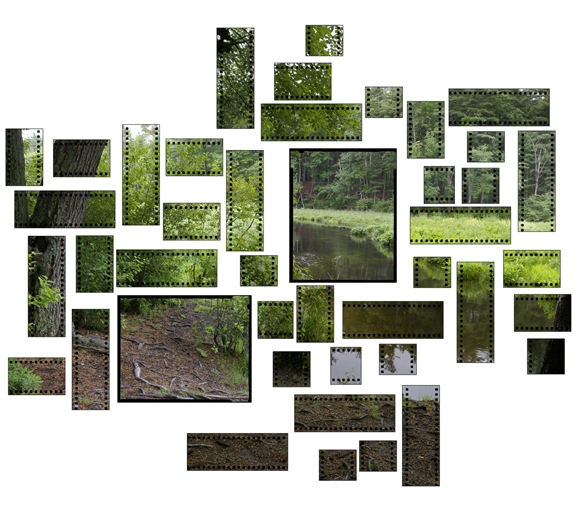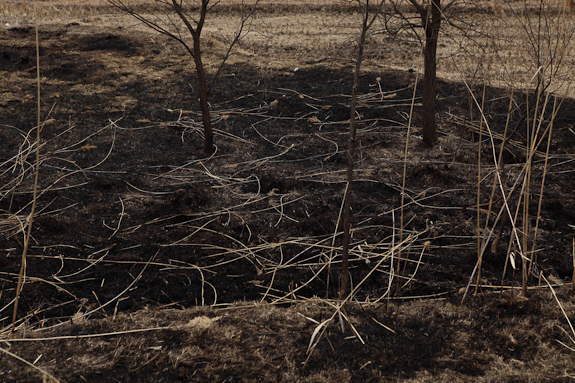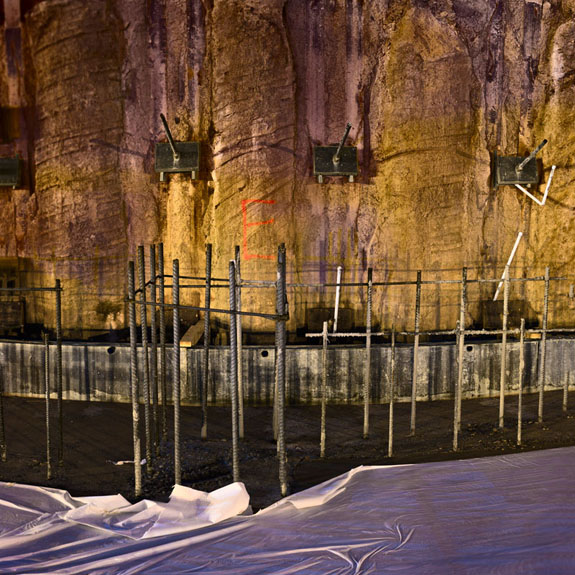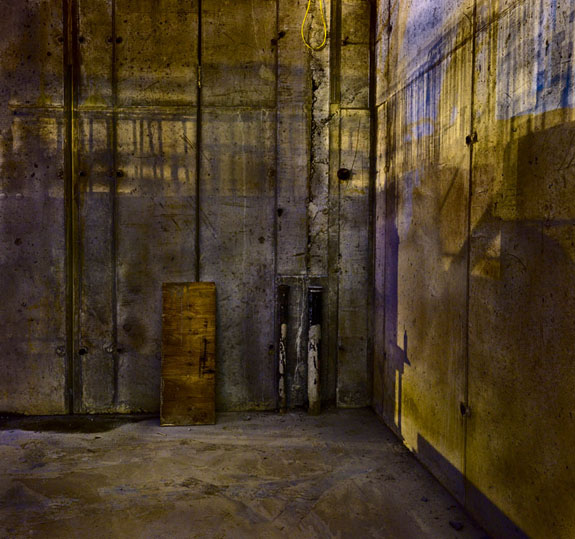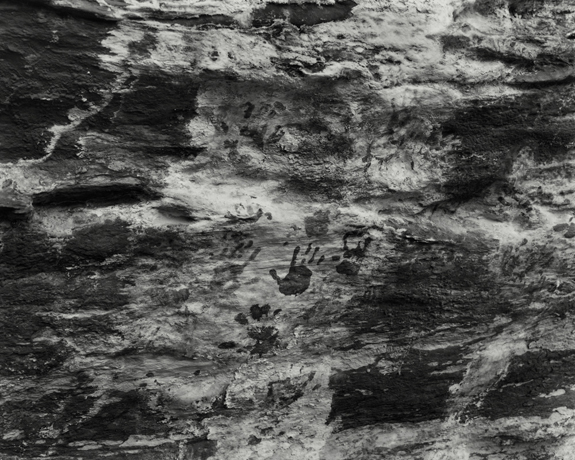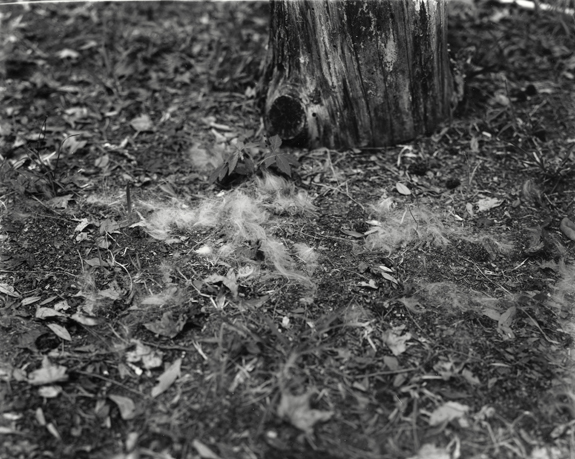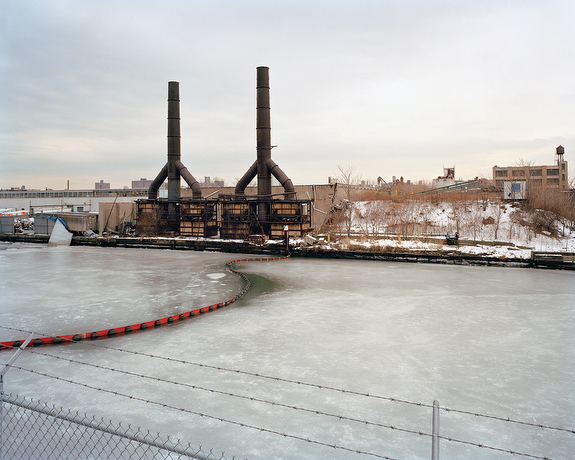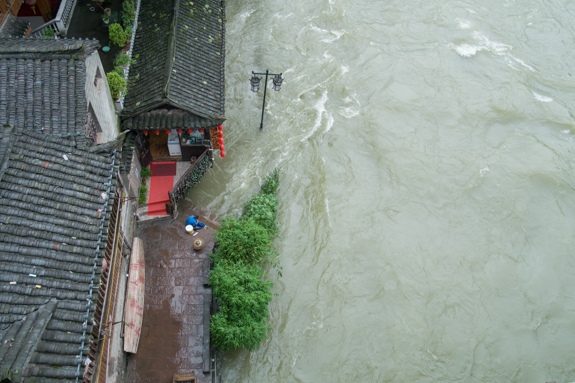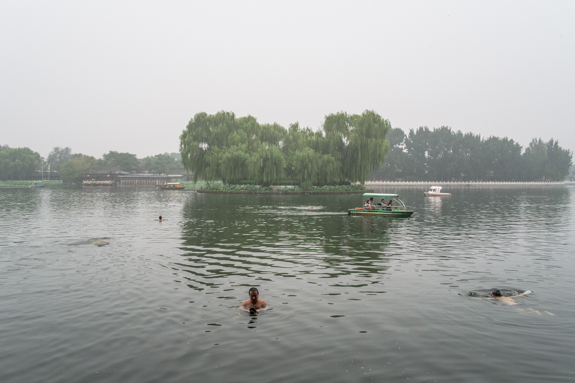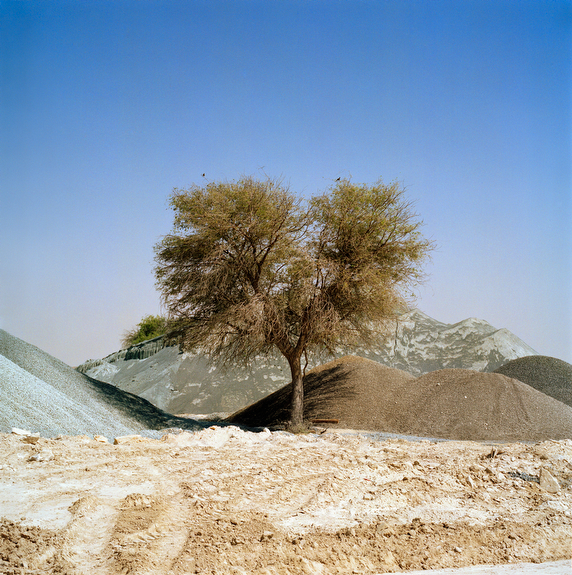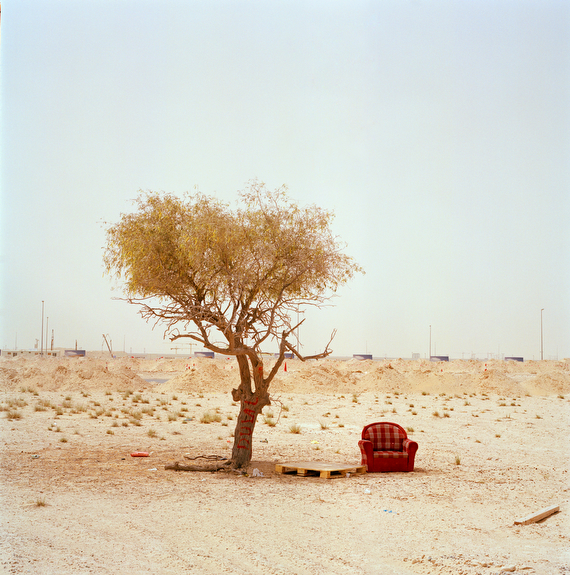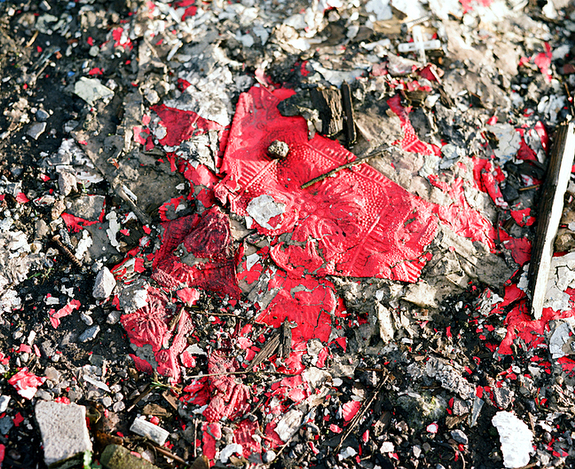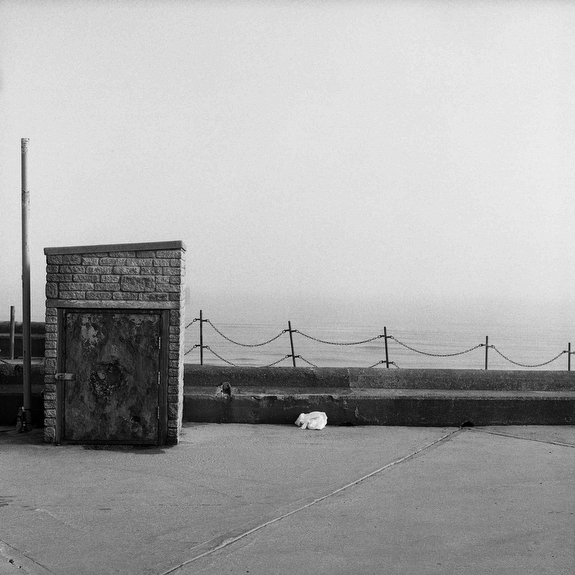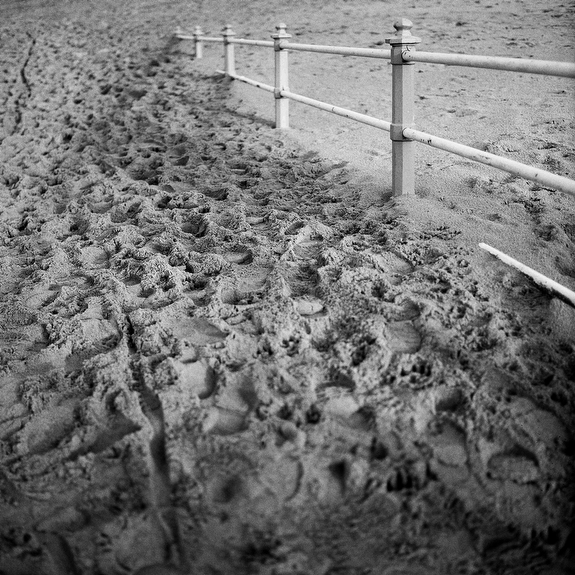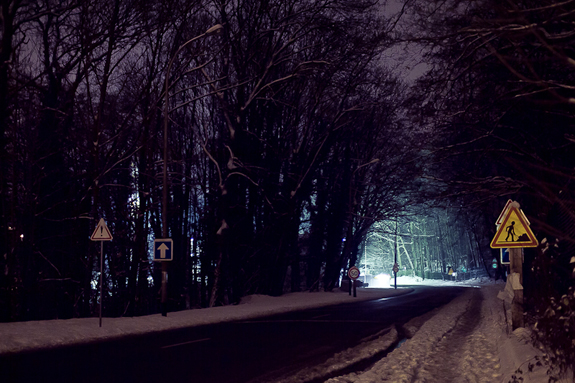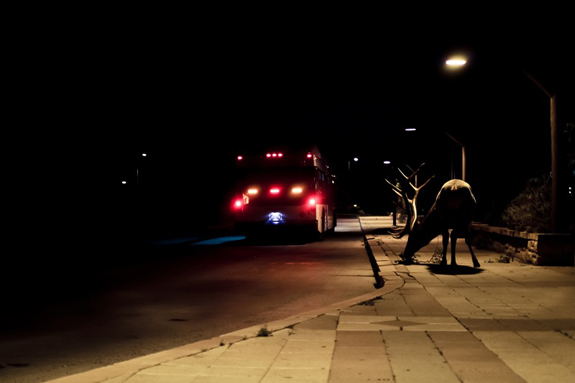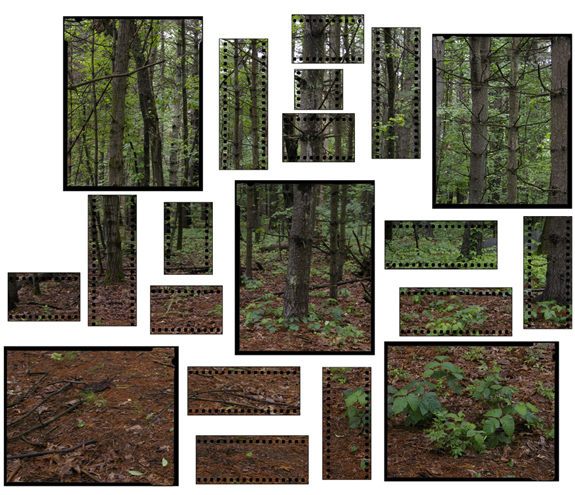
Through my fractured imagery I explore the influence of memories and perception on the state of the environment. The images create a venue for social commentary and the population’s “collective” memory.
Everyone views the world from their personal perspective, seeing their environment in a unique way. Any two people will recall different images of the same scene or event. My images serve as a metaphor to those landscapes seen by many eyes and varying recollections. The fragmented pieces of our communal memory of an event are presented as they are truly experienced by the population in multiple frames, viewpoints, and perspectives.
The fractured imagery reminds us of the limitations of film-based capture and the limitations of our memories. We cannot capture a complete moment of time with a photograph, just as we can never remember a complete moment of time accurately. Humans can only remember bits and pieces of a moment, and as time moves on biases and changed perspectives cloud that vision.
— Mark L. Eshbaugh, Westford, Massachusetts, USA
